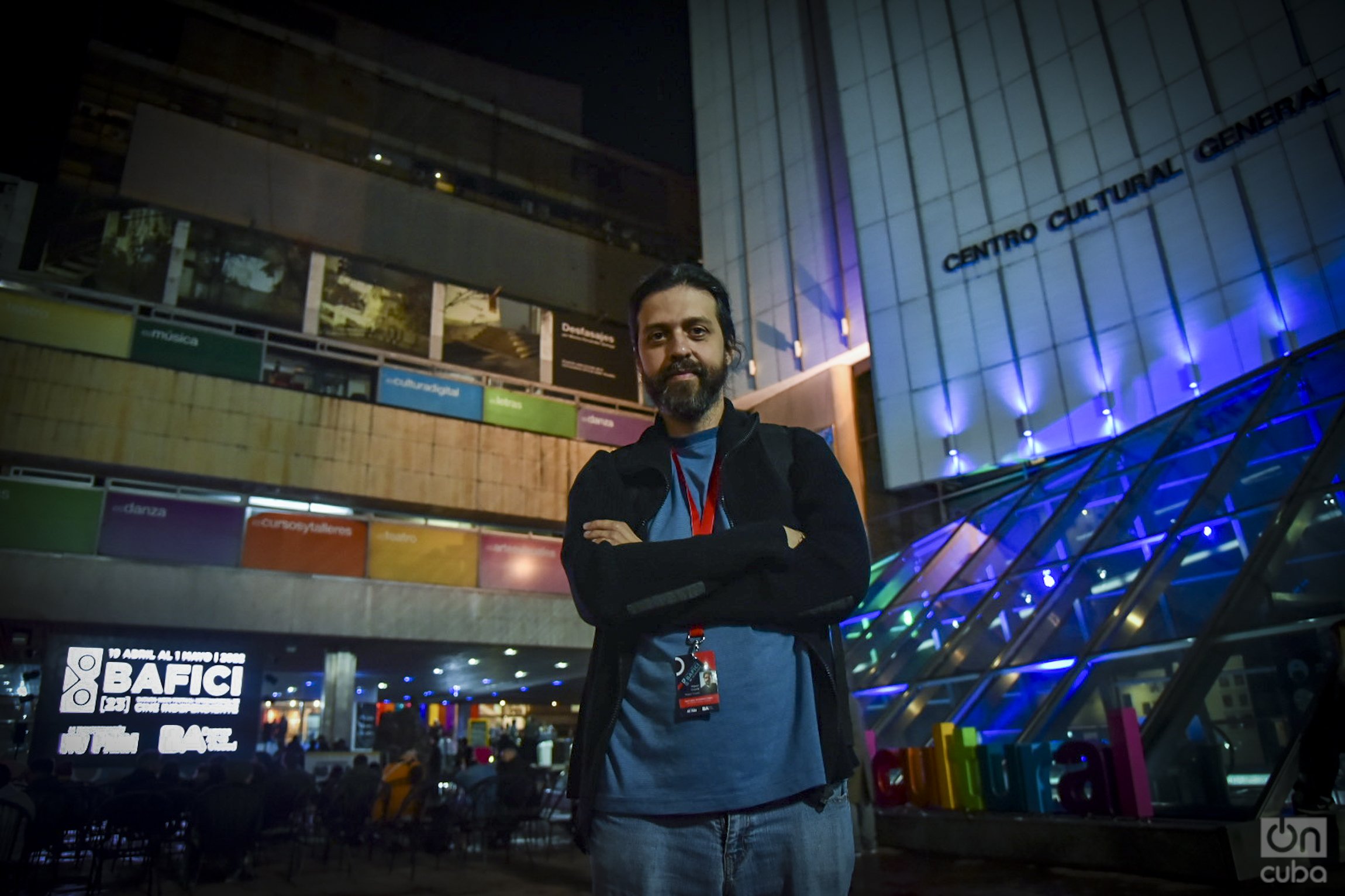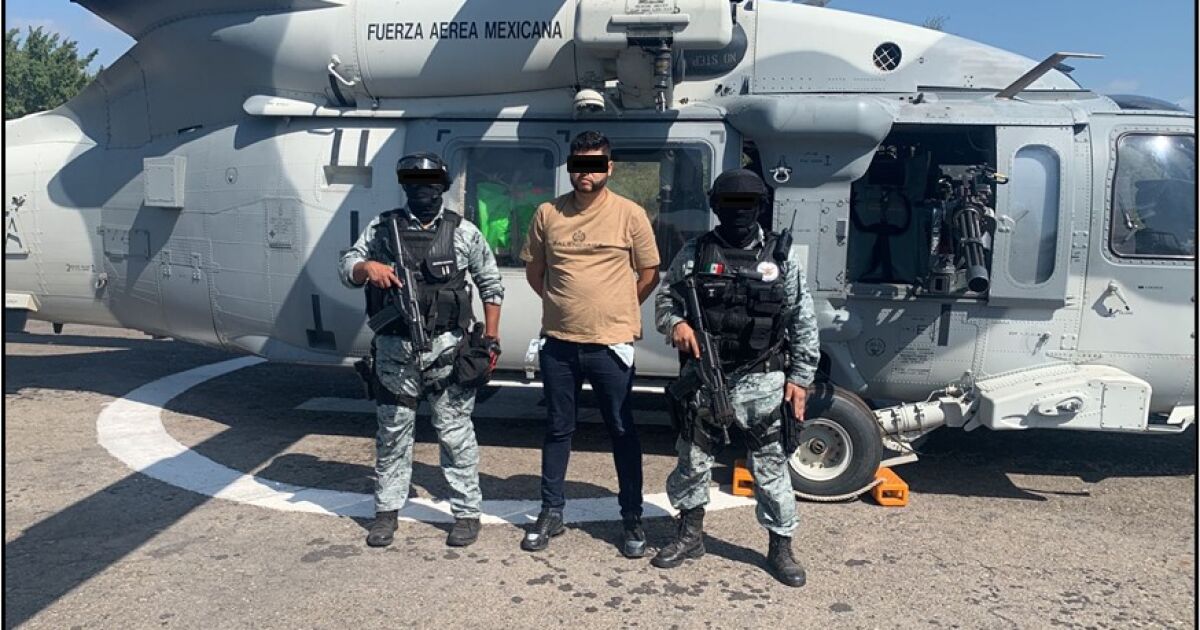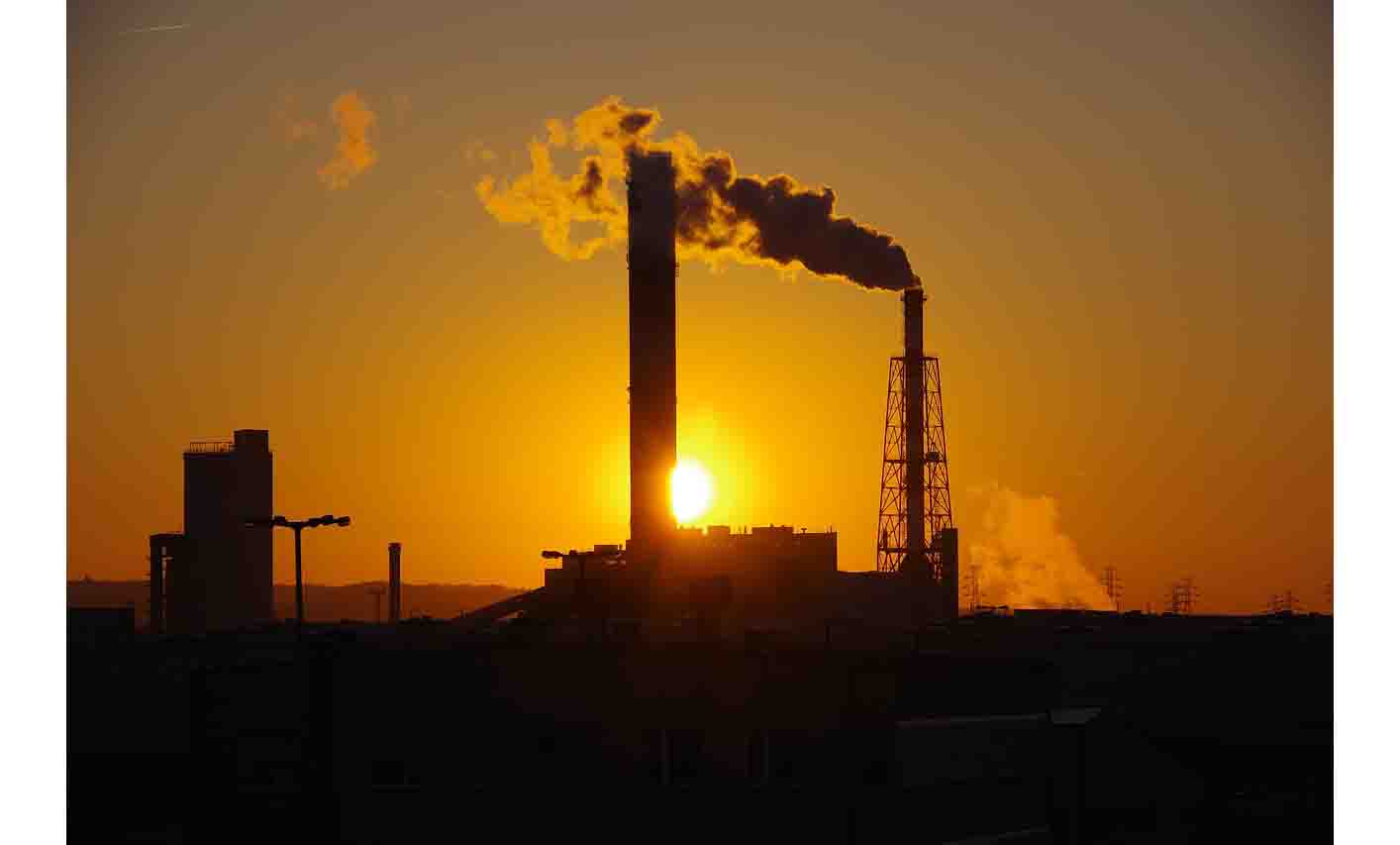It was not exactly the third circle recreated by Dante, although it was necessary to descend some long escalators to reach the third basement. The San Martín Cultural Center is a large and renovated cultural complex, located on the famous Corrientes street. I got there to see the film Blue Heart, by Miguel Coyula (Havana, 1977). It was the second of three screenings scheduled at the Buenos Aires International Independent Film Festival (Bafici).
I find the filmmaker by the stairs. Lots of hair, some beard. More gray. I salute you. I’m glad to know that we have both survived. Both to the pandemic and, in his case, to the serious crisis that in Cuba has made many decide the path of emigration. “All the filmmakers of my generation are gone. Only Molina and I are left, ”she said after the screening, in a full room.
Individuals and groups arrived. Some were standing in a small line in front of room number one, to which they were soon allowed access. When I did, I found a space dominated by red lunettes. Lots of public. People have not only shown that their interest in festivals is still intact in Buenos Aires, they also reiterate that they connect with these works that reflect alternative and apocalyptic worlds, even if they have the island of Cuba as their center, about which more is usually known here. for its beaches, its dance music and the politics assumed as a historical epic.
It seemed that that could work against it, but no. “Voracious film”, had been defined by the person who made the brief presentation with Coyula. “Fragmentation”. “Ellipse”. “Bold and monumental” footage were other ways attendees summed up this postmodern, dystopian satire that, given its sickening levels of adoration, could not have been filmed any other way than it was made, outside of state authorization or auspices.
Coyula said he made it a point to shoot during the “magic hour,” that time of day when colors seem to be washed out by the shadows of the night. It is the perfect environment for the apocalyptic city that he masterfully builds with pieces from various sides: streets of Havana, the Riomar building starring scenes, destruction here and there, oil wells that I don’t know where he got from and the dome of the ruined central Cienfuegos thermonuclear plant. “Ugh, what a place is this.”
Well, that’s where the story takes place. A place in which heartless creatures who have ended up being the children with whom the Government of Cuba experimented, long before a scientist did it in the United States, are ready to exact revenge.
Two older ladies say that they will return and congratulate the director, who has taken ten years to finish this work that deals with the risks of manipulating feelings and behaviors, something that, despite a first reading aimed logically at Cuban society, reiterates the danger of intervening on issues such as human nature and the dangerous game of genetics. “What we did not have in the budget, we invested in time,” Coyula once said.
Among the actors, Lynn Cruz stands out for her leading role, also a producer and art designer (“It was the two of us filming”, warns the director about the actress, who is also his wife); in the same way we enjoyed, with Carlos Gronlier and Aramís Delgado, Hector Noas, Mariana Alom and a Fernando Pérez who seems to have taken the character as something personal, and instead of talking about dangerous mutants that harass the whole city, he seems to reflect on his own reality in which he performs as one of the best film directors of all time.
I confess that like a flow of interference the readings oppose me. It will take me time to process them. I notice that the characters, real politicians (Fidel and Raúl Castro, Obama and Trump) assume their plot objective very well, that other personality that they must fulfill in this alternate reality, and for which most of the images have been filmed or conceived. originally by its director.
One of the first edges that attracts my attention is that Coyula baptized one of the protagonists as David. With this little piece of information, the cycle of recurrences of such a biblical character seems to close in Cuban cinema. Of the chaste and correct David de Orlando Rojas (A bride for David) to the decent revolutionary friend with a homosexual of Gutiérrez Alea and Juan Carlos Tabío (Strawberry and Chocolate).
Two independent productions from Cuba arrive at the Buenos Aires film festival
Now, this David is different. He belongs to a sect of young people ruined by the strange genetic decomposition that leads them to materialize a worldwide revenge of destruction and death. And “this is starting now,” says one of the investigators who analyze the case, played by Félix Beaton. Coyula has been showing this film at his house for a year. Every Sunday at two in the afternoon.
Young people and people, even the elderly, were able to go down to room number one of this San Martín center, located in the heart of the luminous depths of Buenos Aires, to find out what the production of Miguel Coyula, an actor also in this work of his, more bearded and always covered as if by a cape. “Who is this vampire?” says Beatón again in one of the scenes.
The light that predominates in the room is not exactly blue. “Blue is a very personal thing,” she said. The result of the film, for me, is disturbing and excellent.






